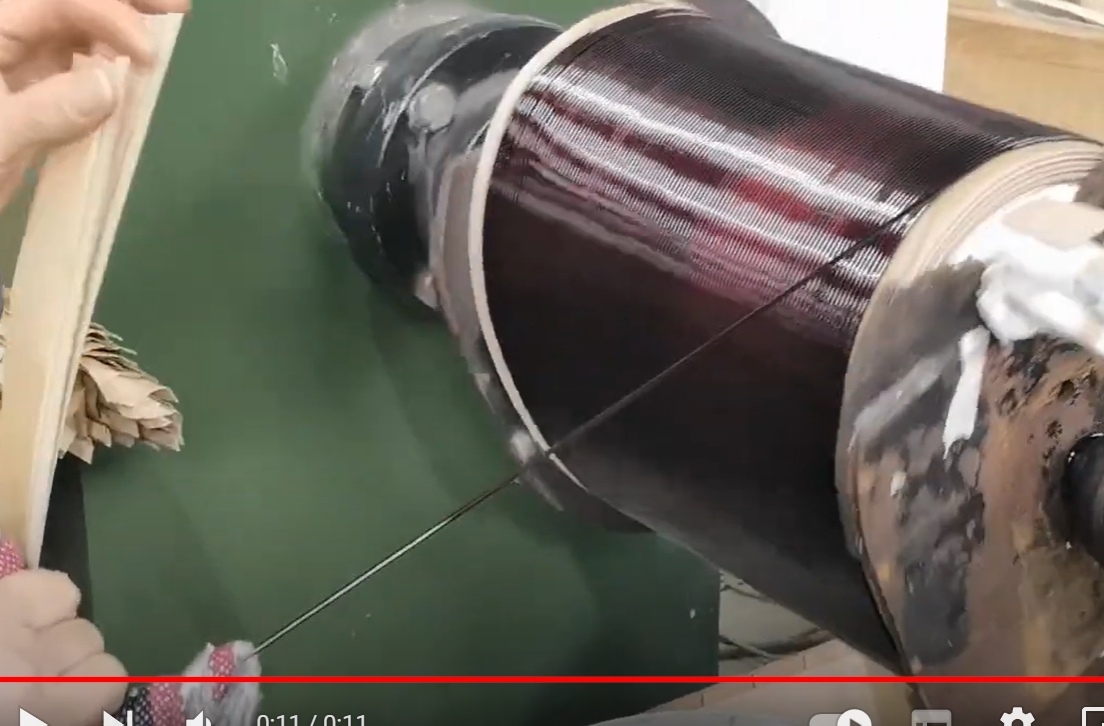- 06
- Dec
In the production of distribution transformers, which one is better to use copper wire windings or aluminum wire windings, and what are the advantages and disadvantages of each?
The internal circuit of the transformer is mainly composed of windings (also called coils), which are directly connected to the external power grid and are the core component of the transformer. The internal circuit of the transformer is usually made of wire windings. Copper wires and txhuas wires are divided into round wires, flat wires (also divided into single wires, combined wires and transposed wires), foil conductors, etc. according to the cross-sectional shape of the wires. The wires are covered with different types of insulation. layer, and finally form the overall coil. Therefore, the main conductor materials of the transformer circuit are tooj liab and aluminum.
.

3.1 Comparison of properties of tooj liab thiab aluminium
Both copper and aluminum are metal materials with good electrical conductivity, and are commonly used conductors for making transformer coils. The differences in physical properties are shown in the following table:
Table 1 Comparison of physical properties of copper and aluminum
daim duab
3.2 Performance comparison of copper and aluminum wires in transformer windings
The difference between copper and aluminum transformers is also determined by the difference in materials, which are manifested in the following aspects:
1) The resistivity of the copper conductor is only about 60% of that of the aluminum conductor. In order to achieve the same loss and temperature rise requirements, the cross-sectional area of the aluminum conductor to be used is more than 60% larger than that of the copper conductor, so the same capacity and the same parameters Under normal circumstances, the aluminum conductor transformer is usually larger than the copper conductor transformer, but at this time the heat dissipation area of the transformer is also increased, so its temperature rise to the oil is lower;
2) The density of aluminum is only about 30% of that of copper, so the aluminum conductor distribution transformer is lighter than the copper conductor distribution transformer;
3) The melting point of aluminum conductors is much lower than that of copper conductors, so its temperature rise limit at short-circuit current is 250°C, which is lower than that of copper conductors at 350°C, so its design density is lower than that of copper conductors, and the cross-sectional area of transformer wires is larger. Large, so the volume is also larger than the copper conductor transformer;
4) The hardness of the aluminum conductor is low, so its surface burrs are easier to eliminate, so after the transformer is made, the probability of inter-turn or inter-layer short circuit caused by burrs is reduced;
5) Due to the low tensile and compressive strength and poor mechanical strength of the aluminum conductor, the short-circuit capacity of the aluminum conductor transformer is not as good as that of the copper conductor transformer. When calculating the dynamic stability, the stress of the aluminum conductor should be less than 450kg/cm2, while the copper conductor The stress limit of the conductor is 1600kg/cm2, and the bearing capacity is greatly improved;
6) The welding process between the aluminum conductor and the copper conductor is poor, and the welding quality of the joint is not easy to guarantee, which affects the reliability of the aluminum conductor to a certain extent.
7) The specific heat of the aluminum conductor is 239% of that of the copper conductor, but considering the difference between the density and the design electric density of the two, the actual difference between the thermal time constants of the two is not as large as the specific heat difference. The short-term overload capacity of dry-type transformers has little effect.
